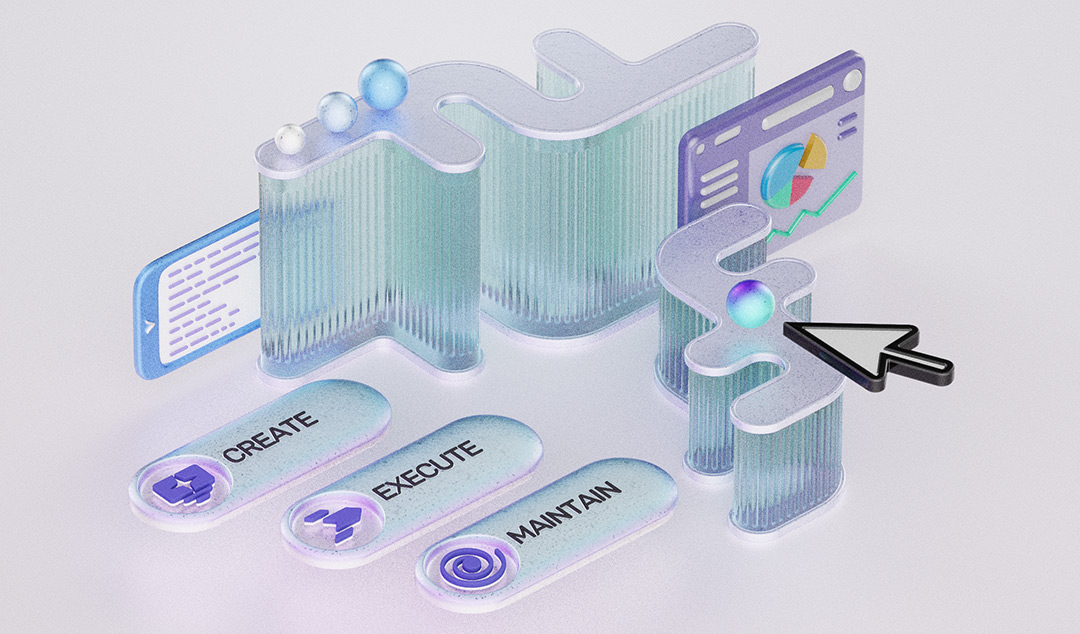Incorporating User Feedback Into The Testing Process
Learn about the common challenges and benefits of user-based feedback in the design, development and testing phases of software development projects.

User feedback is a crucial part of the software development process as it helps developers understand how users interact with and perceive their products.
The feedback and insights users provide can enable developers to improve their software's functionality, usability, and overall user experience.
User feedback refers to the comments, suggestions, and opinions that users of a software product provide to the developers. It can be collected through various methods such as surveys, focus groups, usability testing, and user testing. User feedback can be qualitative (based on opinions and perceptions) and quantitative (based on numerical data and metrics).
Incorporating user feedback into the development process is crucial for several reasons:
- It helps developers understand the needs and preferences of their target audience, which can lead to the creation of more user-friendly and effective software.
- User feedback can help identify issues or problems with the software, enabling developers to fix and improve them.
- Gathering user feedback can increase user satisfaction and loyalty, since users feel that their opinions and needs are being considered and addressed.
In this article, we will take a closer look at the importance of user feedback and discuss the benefits of incorporating it into the testing process. We will also look at how to gather and incorporate user feedback and provide best practices effectively.
The Benefits of Incorporating User Feedback into the Testing Process
Incorporating user feedback into the testing process can bring numerous benefits to the development and success of a software product.
Improved User Satisfaction And Loyalty
One of the primary benefits of incorporating user feedback into the testing process is the improved user satisfaction and loyalty it can bring. By actively seeking out and addressing user feedback, developers can ensure that their software meets the needs and expectations of their target audience.
This can lead to increased user satisfaction and a sense of ownership and engagement among users, as they feel that their opinions and suggestions are being considered and implemented.
As a result, users are more likely to continue using the software and recommend it to others, leading to increased user retention and loyalty.
Increased Product Quality And Usability
Incorporating user feedback into the testing process can also increase product quality and usability. By gathering feedback from actual users, developers can identify and fix real-world issues or problems with the software, leading to a more stable and reliable product.
In addition, user feedback can provide valuable insights into the usability and user experience of the software, enabling developers to make necessary improvements and enhancements. This can lead to more user-friendly and intuitive software, increasing its adoption and usage.
Enhanced Customer Experience
Incorporating user feedback into the testing process can also enhance customer experience. By actively engaging with users and considering their feedback, developers can create a software product that better meets the requirements and expectations of its users. This can lead to a more enjoyable and seamless user experience, fostering customer satisfaction and loyalty.
Improved Efficiency And Cost-Effectiveness
Incorporating user feedback into the testing process can also improve efficiency and cost-effectiveness in the development process. By gathering user feedback early in the development process, developers can identify and address any issues or problems before they become significant, saving time and resources.
Moreover, by regularly incorporating user feedback throughout the development process, developers can avoid the need for costly and time-consuming redesigns or changes later on.
Greater Market Success
Finally, incorporating user feedback into the testing process can lead to greater market success for a software product. By creating a product that meets the needs and preferences of its target audience, developers can increase its adoption and usage.
User feedback can provide valuable insights into the competitive landscape and market trends, enabling developers to stay ahead of the curve and differentiate their products from competitors.
This can contribute greatly towards increased market success and a competitive advantage for the software product.
How to Incorporate User Feedback Into the Testing Process
There are several steps that can help organizations effectively incorporate user feedback into the testing process:
Gather User Feedback Through Various Methods
There are many methods to gather user feedback, including surveys, focus groups, usability testing, and online reviews. It’s critical to use a combination of different methods to get a well-rounded understanding of user needs and preferences.
Surveys can be useful for gathering large amounts of data quickly, while focus groups and usability testing provide more in-depth and qualitative insights.
Online reviews can also be a valuable source of feedback, as they provide a glimpse into how users interact with the product in the real world.
Analyze And Prioritize User Feedback
Once user feedback has been gathered, it’s necessary to analyze and prioritize it to determine which feedback is most important to address.
Organizations can do this by categorizing feedback into themes and prioritizing based on the number of users who have provided similar feedback, or the impact that addressing the feedback would have on the product.
It’s also pivotal to consider the feasibility of implementing the feedback and the resources required.
Incorporate User Feedback Into The Testing Plan
Once the most important user feedback has been identified, organizations should incorporate it into the testing plan.
This might involve creating new test cases, modifying existing test cases, or adding new features or functionality based on user feedback. It’s crucial to involve the development team in this process to ensure that the feedback can be effectively implemented.
Test And Validate The Changes Based On User Feedback
After the changes have been made based on user feedback, it’s essential to test and validate them to ensure that they meet the needs and expectations of the user base.
This might involve conducting additional usability testing or gathering further feedback through surveys or focus groups. It’s also important to track and measure the impact of the changes to ensure that they are effective and to identify further areas for improvement.
By following the steps described above, you can effectively incorporate user feedback into your testing process and improve the overall success of your product.
Incorporating User Feedback in Testing - Best Practices
Certain best practices can help to make the process of incorporating user feedback into testing more effective and efficient.
Involve Users In The Testing Process
One of the most effective ways to incorporate user feedback into the testing process is to involve users in the testing process itself directly.
This might involve conducting usability testing with a representative group of users or even recruiting a group of users to act as beta testers for the product. Involving users in the testing process allows them to provide direct feedback on the product as it’s being developed, which can be invaluable in identifying and addressing potential issues before the product is released.
Regularly Gather And Review User Feedback
Gathering user feedback is an ongoing process. It’s fundamental to regularly gather and review feedback to identify areas for improvement and keep the product up to date with user needs and expectations.
This can be accomplished by conducting regular surveys, monitoring online reviews, or conducting focus groups regularly. By regularly gathering and reviewing user feedback, you can stay attuned to the changing needs and preferences of your user base and make timely updates and improvements to the product.
Use Multiple Methods For Gathering User Feedback
As mentioned before, there are many different methods for gathering user feedback, including surveys, focus groups, usability testing, and online reviews. Using multiple methods allows you to get a well-rounded understanding of user needs and preferences and ensures that you get feedback from a diverse group of users.
This can be particularly useful when trying to identify trends or common issues among different segments of the user base.
By following these best practices, you can judiciously incorporate user feedback into your testing process and improve the overall success of your product.
Final Thoughts
Incorporating user feedback into the testing process is an essential step in the software development process, as it helps to ensure that the end product meets the needs and expectations of the user base. By considering the needs and preferences of the user base and actively seeking and incorporating their feedback, you can create a product that delivers a positive customer experience and meets the needs of your target market.











